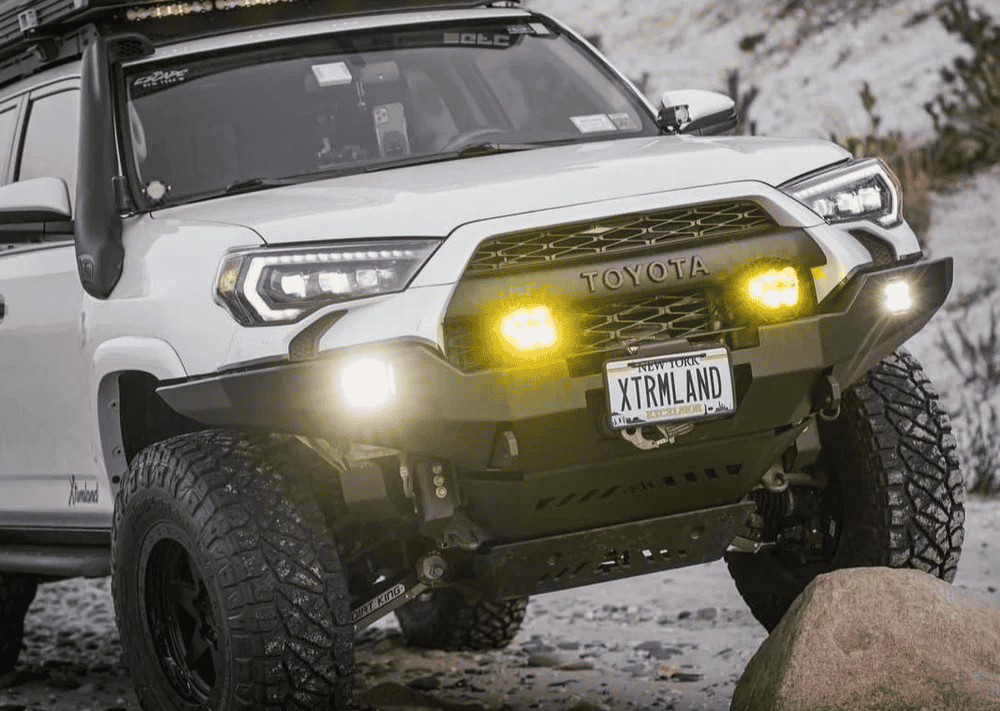Overland Vehicles

A solid plan starts with clarity. Decide how many nights you expect to be off grid, the seasons you will travel, and the distance between resupply points. Note the terrain you will see most often, from forest roads and slick rock to desert washboards and snow. Your answers drive the order of upgrades and keep impulse buys from derailing the budget.
Write down real trips. Three day trail loops, a week in the mountains, or a cross country push each asks different things from a vehicle. Daily driving adds another layer because road manners and noise become part of the equation. Your plan is the filter for every purchase that follows.
Terrain sets ground clearance, gearing, and traction needs. Climate dictates insulation needs, heating or cooling, and tire compounds. Combine both with load estimates to forecast tire size, wheel offset, and suspension rates. This avoids chasing a harsh ride or wandering steering later.
A 12 to 24 month roadmap keeps upgrades in sequence. Group work that requires drilling, cutting, or wiring so the truck is not apart twice for the same task. Reserve contingency for labor and alignment, then add margin for essentials like fluids and hardware.
Staging lets you validate each change and protect payload. It also keeps range, braking, and comfort in balance. The best plans prioritize safety, traction, and recovery first, then move into clearance and protection, then power, storage, and comfort.
Overbuilding is as easy as buying a heavy bumper because it looks good. Every pound changes braking distance, spring rate needs, and fuel stops. Smart plans track weight, wiring, and service access from day one, with an eye toward future parts.
Keep a running weight log by component and compare to payload. Route primary power and grounds while the engine bay is open rather than after storage is installed. Document circuits and keep a copy in the glove box to speed roadside diagnostics and protect warranty conversations.
Confirm that wheels clear calipers and that full bump and full lock are free of contact. Choose parts that allow maintenance without removing half the cargo area. If a larger fridge or a second battery might show up later, leave space and conduit now.
Shake down every stage locally before a long trip. Air down on dirt, watch temps on climbs, and note any rubbing under articulation. After the first trip, revise the list and move what you did not use to the sell pile. The best upgrade is the one you stop thinking about on the trail.
By now you have a framework to plan overland upgrade path without wasting time or money. The final step is aligning that roadmap with quality installation, clean wiring, and fabrication that fits your exact use. That is where a professional team changes the experience. Explore proven platforms and ideas on our overland rigs page, then refine your sequence with a build plan that matches your routes.
When you want a tailored execution, our team delivers complete and partial upfits that follow the same staged logic outlined above. See how we approach capability, comfort, and reliability with a custom overland upfit plan that maps wiring, mounting points, and service access before a single hole gets drilled. Curious about our process, location, and client experience before handoff? Start here to learn why choose OZK Customs.
Builds hand off smoother when the sequence is clear. We listen first, design to your trips, and time upgrades so your rig is useful at every stage. If you are flying in, Fayetteville Arkansas makes pickup simple and gives you access to trails for shakedown miles before the long drive home. Share your travel goals and we will translate them into a clean, staged plan with transparent pricing and timelines that respect your calendar.
Submit your trip plan and must haves. We will translate that list into a staged overland roadmap that preserves payload, streamlines wiring, and unlocks capability only where you need it. Your path from idea to first camp can be simple and repeatable with the right plan and the right partner.
Ready to map a smart overland build that fits your trips, budget, and timeline? Share your goals and let OZK Customs create a staged overland upfit plan that avoids rework and maximizes capability. Start your build roadmap today.
ADDRESS:
6159 E Huntsville Rd, Fayetteville, AR 72701
PHONE:
(479) 326-9200
EMAIL:
info@ozkvans.com